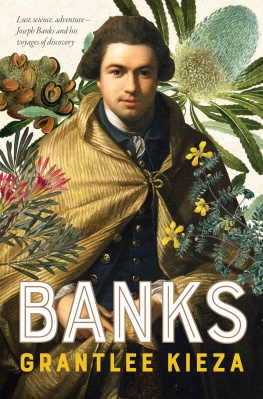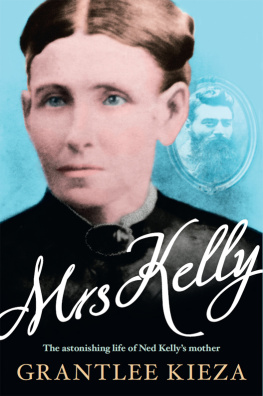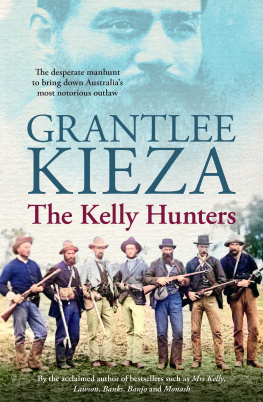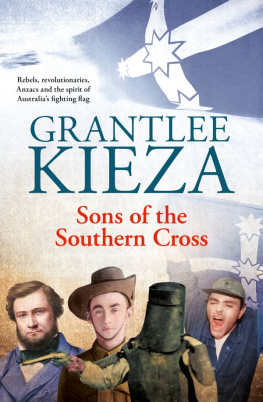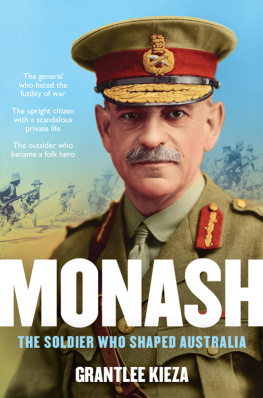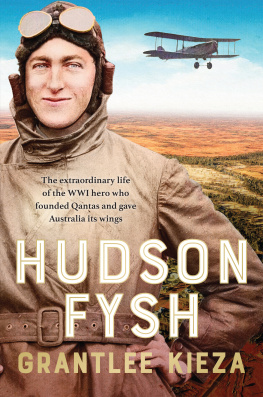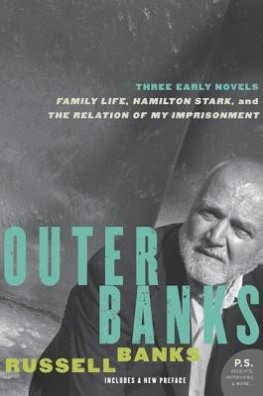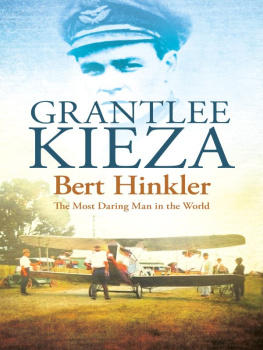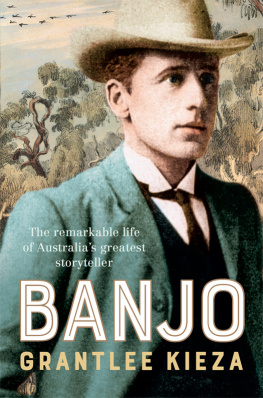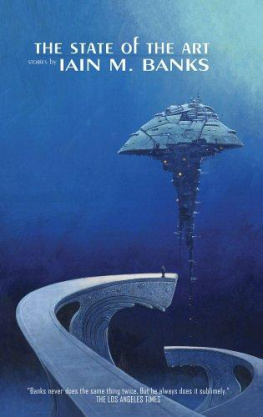Grantlee Kieza - Banks
Here you can read online Grantlee Kieza - Banks full text of the book (entire story) in english for free. Download pdf and epub, get meaning, cover and reviews about this ebook. year: 2020, publisher: ABC Books, genre: Detective and thriller. Description of the work, (preface) as well as reviews are available. Best literature library LitArk.com created for fans of good reading and offers a wide selection of genres:
Romance novel
Science fiction
Adventure
Detective
Science
History
Home and family
Prose
Art
Politics
Computer
Non-fiction
Religion
Business
Children
Humor
Choose a favorite category and find really read worthwhile books. Enjoy immersion in the world of imagination, feel the emotions of the characters or learn something new for yourself, make an fascinating discovery.
- Book:Banks
- Author:
- Publisher:ABC Books
- Genre:
- Year:2020
- Rating:5 / 5
- Favourites:Add to favourites
- Your mark:
- 100
- 1
- 2
- 3
- 4
- 5
Banks: summary, description and annotation
We offer to read an annotation, description, summary or preface (depends on what the author of the book "Banks" wrote himself). If you haven't found the necessary information about the book — write in the comments, we will try to find it.
Banks — read online for free the complete book (whole text) full work
Below is the text of the book, divided by pages. System saving the place of the last page read, allows you to conveniently read the book "Banks" online for free, without having to search again every time where you left off. Put a bookmark, and you can go to the page where you finished reading at any time.
Font size:
Interval:
Bookmark:
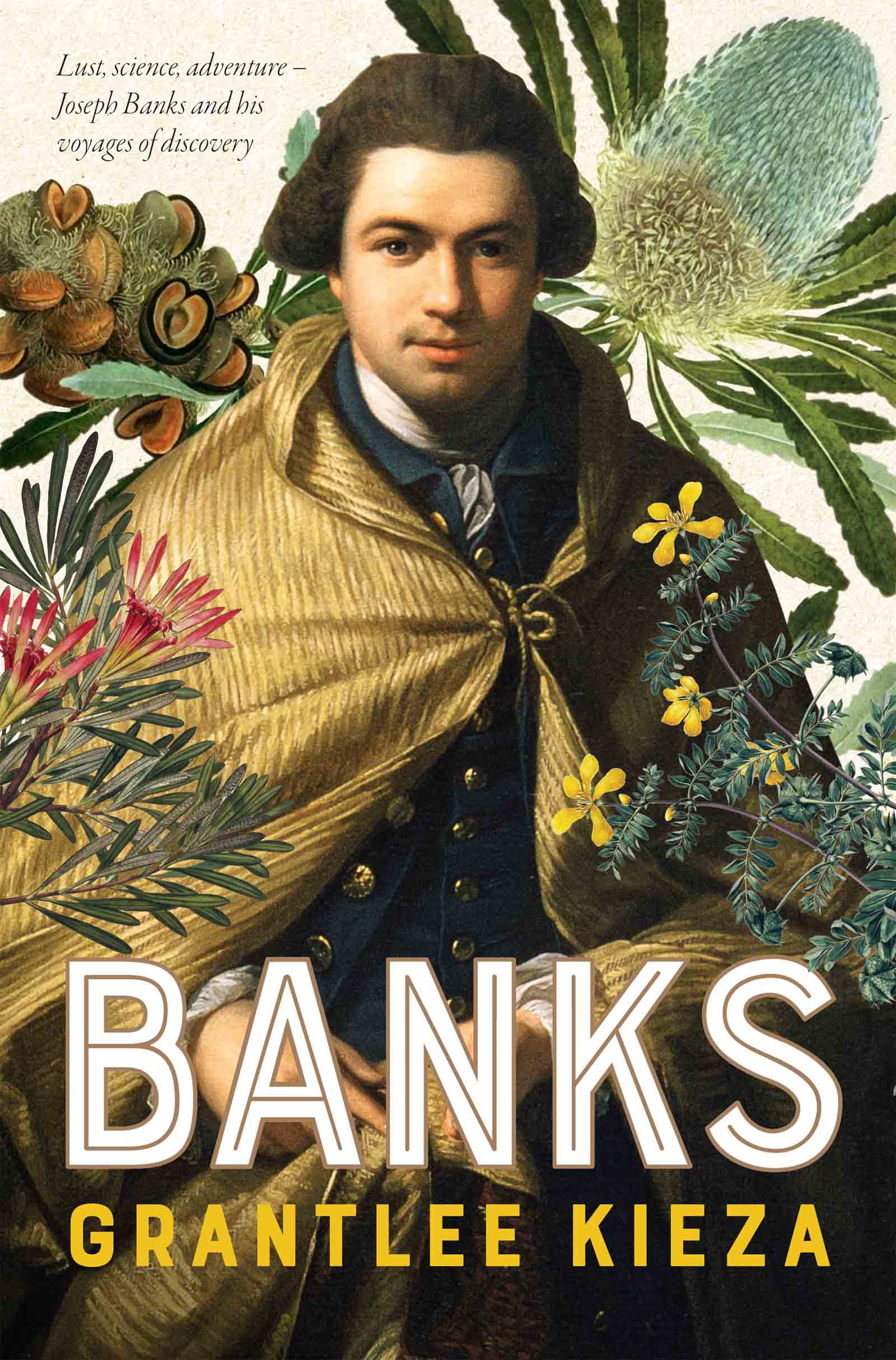
For Doug and Sue Ring, my friends
The more we investigate, the more we ought to admire the power, wisdom, and goodness, the Great Superintendent of the universe; which attributes are amply displayed throughout all his works.
BANKSS ARTIST SYDNEY PARKINSON, 1769
29 APRIL 1770, BOTANY BAY, NEW HOLLAND
Wide as the world is, traces of you are to be found in every corner.
ROBERT HOBART IN A LETTER TO JOSEPH BANKS
J OSEPH BANKS TOOK A DEEP breath and looked nervously towards the coast of what would one day be called Australia. A group of black men lean, muscular, menacing and defiant stood on a rocky outcrop brandishing weapons and yelling at him and his companions.
Banks was one of the richest young men in Britain: a tall, burly, handsome, bed-breaking ladies man with a mass of dark hair and a ponytail. He was used to giving orders, not taking them. But the men on the rocks wanted him and all his companions to go back to where they belonged. For thousands of years the Gweagal, a clan of the Dharawal Aboriginal people, had hunted and fished undisturbed around this sheltered bay among the sandstone cliffs facing the Pacific Ocean.
Such was Bankss lust for adventure and love for science that he had left behind a beautiful fiance and a life of luxury to help fund one of the greatest scientific expeditions the world had known: a three-year voyage around the globe on the Endeavour, which would claim enormous territories for Great Britain and change the course of history. Banks had used his vast wealth to fund a team of scientists on what the great naturalist of the twenty-first century, Sir David Attenborough, called an epoch-making voyage. The Endeavour took Banks to places no European had seen as he and his team documented peoples, lands, plants and animals while ushering in an age of discovery for Europe.
Banks had forsaken the comforts of his London mansion and country estates for an overcrowded converted coal ship, enduring furious, rolling seas and freezing hailstorms. He had shown courage and great vitality as he journeyed off the map for the sake of scientific discovery. Some of the men who had embarked on the voyage with him were dead from drowning, drunkenness and the gruelling conditions and many more would perish before it was over.
Now Banks was facing agitated warriors who had never seen white skin before. The Gweagal believed their unwelcome visitors were from the spirit world, and in their language began to cry out, You are all dead, warning their loved ones that angry ghosts were approaching. The unwanted guests, as pale as sun-bleached bones, were covered in cloths of different colours, with some the British marines in coats as red as a fiery sunset.
Banks and about three dozen a big Yorkshireman, were in two small wooden rowboats moving towards their first contact with the Aboriginal people of the east coast of this mysterious land. Alongside Banks in his boat was Cook, as well as Daniel Solander, a short, stout Swedish scientist, and Tupaia, a heavily tattooed Polynesian priest with an extraordinary ability to navigate by the stars and to find his way around the languages of the Pacific peoples. The British flag was waving above Cooks pinnace as two extremely different cultures came face to face for the first time.
At just twenty-seven, Banks had already seen many things that were strange and confronting to him. He had seen Venus transit across the Sun, walked on the Land of Fire, and observed islands of ice floating near the Arctic Circle. He had undergone the painful ordeal of a Polynesian tattoo,
Banks had embraced the chance to further scientific knowledge with enormous gusto and enthusiasm, and the adventure made him an academic celebrity in Englands Age of Enlightenment. He would return to London from this voyage with more than thirty thousand plant specimens and news of an animal that was swifter than a greyhound, though it hopped about on its hind legs. Soon Bankss place of residence would become the focus of British science as he entertained thinkers who had discovered oxygen and hydrogen, mathematicians who had weighed the earth, and stargazers who had found new planets.
But as Banks neared the coast of New Holland on a fine, cloudless autumn afternoon, there was a sense of foreboding in the southerly breeze.
As the two rowboats approached the shore, the warriors on the beach retreated to vantage points in the nearby scrub except two, who Cook noted seemd resolved to oppose our landing.
A stand-off ensued, with the Europeans making signs that they wanted water while the local people waved at them wildly to be gone.
As the two warriors again raised their spears, Cook decided to strike the first blow. He had risen from the dirt of rural poverty to command ships of His Majestys Navy, and he was not about to back off. He would later name this body of water Botany Bay in a nod to Bankss work, but in that moment he wanted to let everyone present know who was the real boss on this mission. He raised a flintlock musket to his shoulder and took aim.
Banks was shocked by what Cook did next. There was a burst of sparks, an eruption of pungent white smoke and an ear-splitting roar. From this first recorded confrontation between black and white on the soil of the great southern continent, Cooks gunfire would echo through the ages.
Joseph Banks had found himself in a vastly different world from the one he had left behind.
26 SEPTEMBER 1741, BURGHLEY HOUSE, NEAR STAMFORD IN LINCOLNSHIRE, ENGLAND
He founded a family and a great estate and... he would have recognised in his famous great grandson [Joseph Banks, the botanist] a man after his own heart... refined by education and the influences of inherited wealth, into an insatiable curiosity and scientific zeal, with results of lasting benefit to mankind.
SIR FRANCIS HILL, THIRD CHANCELLOR OF THE UNIVERSITY OF NOTTINGHAM, AND A LEADING HISTORIAN OF LINCOLNSHIRE
N ATURE TURNED ON A spectacular show for Sarah Bates a boyish barrister and Member of Parliament, she could not help but be overwhelmed by the glory of her surroundings.
Burghley House was one of the grandest homes in England, a Tudor mansion with more than a hundred rooms, panelled hallways that seemed to go on forever, intricately carved staircases, and soaring ceilings decorated by Italian masters. The house was so vast and ornate that labourers had taken thirty-two years to build it from Northamptonshire limestone.
That was from a darker chapter of English history. The young bride and groom were married during a new age of so-called enlightenment ushered in by thinkers such as Isaac Newton

Burghley House illustrated in 1782.
In this time of profound social, scientific and economic change, wealthy families still controlled most of the land in Britain, and on this day in 1741 a large number of them had come together to celebrate the pairing of two members of the landed gentry. The female guests wore bodices with strips of whalebone, and hooped petticoats under their luxuriant dresses of British wool, Indian cotton, and Chinese silk and velvet. The men wore knee-length breeches with stockings, waistcoats and frockcoats over linen shirts, as well as buckled shoes. Some had three-cornered hats, though the majority showed off their lavish wigs with thick curls of real human hair, unlike the wigs worn by the poorer classes who relied on hair from horses or goats.
Font size:
Interval:
Bookmark:
Similar books «Banks»
Look at similar books to Banks. We have selected literature similar in name and meaning in the hope of providing readers with more options to find new, interesting, not yet read works.
Discussion, reviews of the book Banks and just readers' own opinions. Leave your comments, write what you think about the work, its meaning or the main characters. Specify what exactly you liked and what you didn't like, and why you think so.

